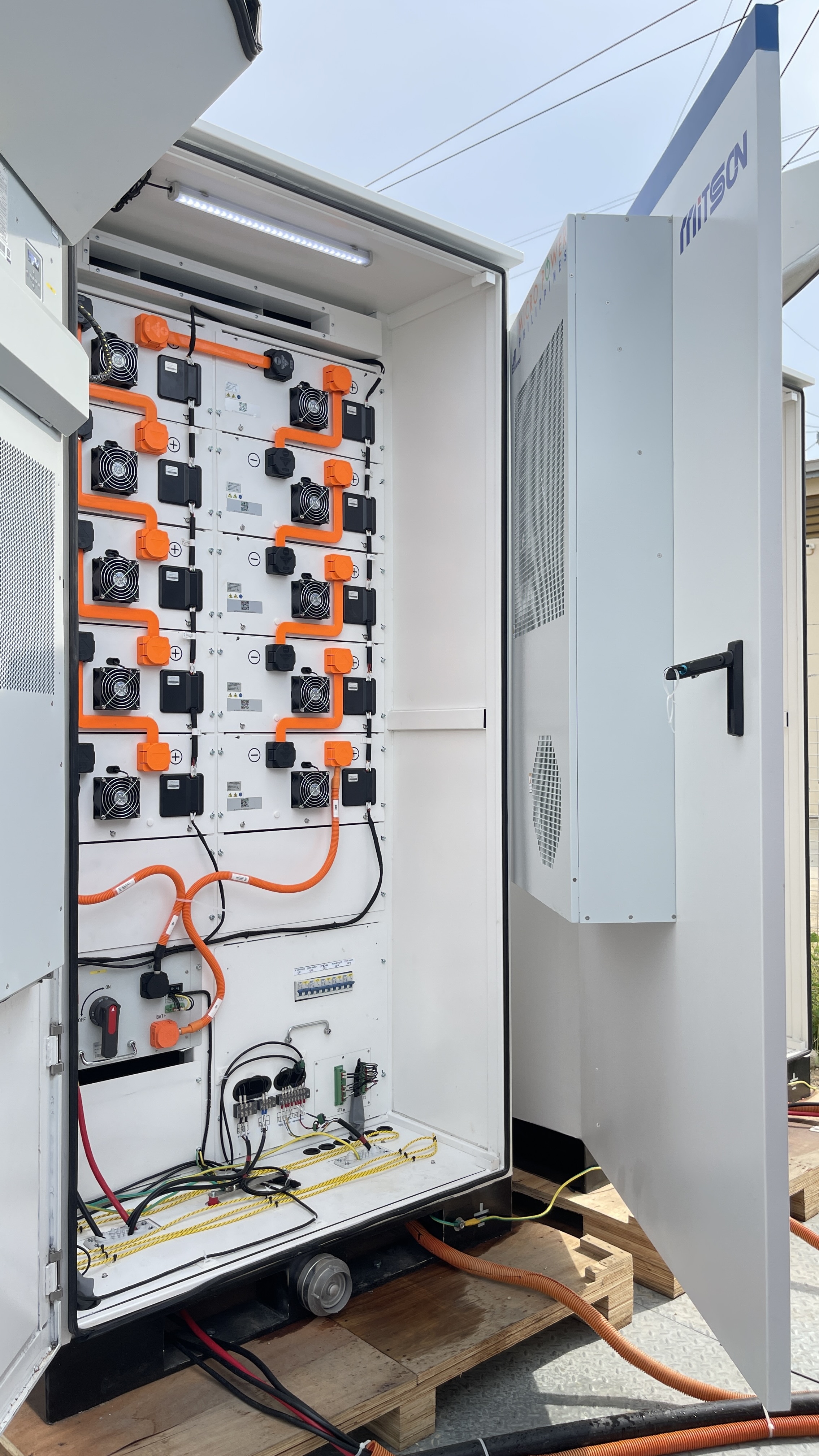NEWS
BMS and EMS function in BESS
Release Time:
2024-11-05 14:23
Source:
MITSCN
BMS and EMS: Key Components in Energy Storage Systems (BESS)

In the rapidly growing field of energy storage, Battery Management Systems (BMS) and Energy Management Systems (EMS) play pivotal roles in optimizing the performance and efficiency of Battery Energy Storage Systems (BESS). These systems are integral for ensuring the safe, reliable, and efficient operation of energy storage solutions, especially in renewable energy applications.
What is a Battery Management System (BMS)?
A Battery Management System (BMS) is a critical component in managing and monitoring the performance of batteries within a storage system. The BMS ensures that the battery operates within safe parameters, monitors key health indicators such as voltage, current, and temperature, and prevents overcharging, deep discharging, or overheating.
Key Functions of a BMS:
-
Battery Monitoring:
The BMS continuously monitors the voltage, current, temperature, and state of charge (SOC) of individual cells or battery packs, providing real-time data to ensure optimal performance. -
Protection:
It safeguards the battery from extreme conditions such as over-voltage, under-voltage, over-current, and temperature fluctuations, which could lead to battery damage or failure. -
State of Charge (SOC) and State of Health (SOH) Estimation:
By estimating the SOC, the BMS ensures that the battery is neither overcharged nor undercharged, enhancing longevity. It also monitors the health of the battery cells (SOH) to predict their future performance and maintenance needs. -
Balancing:
BMS manages the balancing of cells to ensure that all cells in a battery pack are charged evenly, which improves the efficiency and lifespan of the entire battery system.
What is an Energy Management System (EMS)?
An Energy Management System (EMS) is a broader system designed to manage the generation, storage, and distribution of energy within a storage system or grid. EMS optimizes energy flows based on the demand, time of use, and availability of renewable energy sources (e.g., solar, wind).
Key Functions of an EMS:
-
Energy Optimization:
EMS optimizes when and how energy is stored and discharged to ensure the most efficient use of resources, maximizing energy savings and minimizing costs. -
Load Management:
It adjusts the energy supply to match demand, helping to reduce peak loads and ensuring that energy is available when and where it is needed. -
Grid Integration:
EMS integrates with the grid, managing power imports and exports, ensuring that the system can supply energy to the grid or receive energy from it depending on the market conditions and energy availability. -
Forecasting and Scheduling:
By predicting energy generation from renewable sources and energy demand patterns, EMS enables better planning and scheduling of energy storage and usage. -
User Control and Monitoring:
EMS provides users with real-time data and control over their energy usage, allowing them to track system performance, monitor energy savings, and make informed decisions about energy consumption.
BMS and EMS in BESS and Energy Storage Systems
The roles of BMS and EMS are complementary and critical to the effective operation of BESS and other energy storage systems:
-
BMS in BESS:
A well-designed BMS is essential for maintaining the health, performance, and safety of batteries in BESS. By ensuring optimal battery charging and discharging cycles, the BMS extends the lifespan of the battery, increases system efficiency, and minimizes the risk of failure. -
EMS in BESS:
EMS takes the BMS data and uses it to manage the overall energy flow within the system. It optimizes when to charge or discharge batteries, making decisions based on energy demand and available renewable energy. The EMS also helps ensure that the system operates in the most cost-effective manner, balancing energy use with storage availability.
Key Features and Impacts of BMS and EMS on the System
-
Efficiency and Optimization:
The combination of BMS and EMS ensures that energy is stored and used efficiently. The BMS ensures that batteries are not overcharged or damaged, while the EMS optimizes energy usage based on real-time data, reducing energy wastage and costs. -
System Reliability:
Both BMS and EMS play a crucial role in increasing the reliability of energy storage systems. The BMS prevents battery failure, while the EMS ensures that energy is available when needed and supports grid stability. -
Cost Reduction:
EMS can optimize energy storage operations to reduce electricity costs by charging batteries during low-cost times and discharging them when electricity prices are high. Additionally, BMS improves battery longevity, further reducing replacement and maintenance costs. -
Energy Security:
With a BMS ensuring the health and safety of the batteries and an EMS managing energy flow, the entire system becomes more resilient to disruptions and more adaptable to energy needs, contributing to better energy security. -
Scalability:
Both systems are designed to be scalable. As the demand for energy storage grows, EMS can handle larger volumes of energy, and BMS can be configured for more battery packs, enabling the system to scale as required.
Both BMS and EMS are indispensable in ensuring safe, efficient, and reliable operation. The BMS protects and maintains the health of the battery cells, while the EMS optimizes energy flows to meet demand while minimizing costs. Together, these systems enhance the overall performance and economics of energy storage solutions, making them essential components in the transition to a cleaner, more sustainable energy future.
At MITSCN, we recognize the importance of these technologies and are dedicated to providing cutting-edge energy storage solutions that integrate advanced BMS and EMS for optimal performance and cost-effectiveness.

Related News


